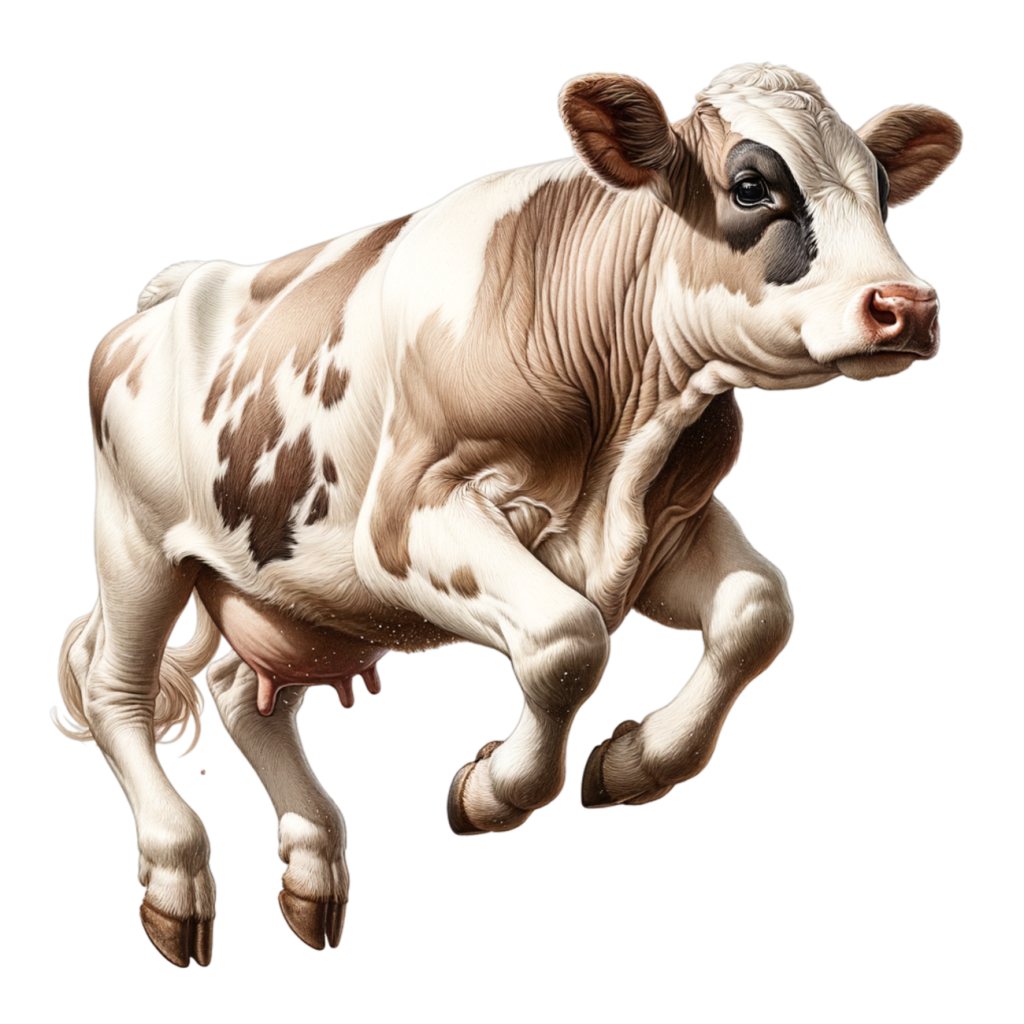After Thanksgiving 2024, concerns about bird flu surged, leading authorities to link avian species to outbreaks in dairy cows. This claim raised skepticism, particularly about the mechanisms proposed for cross-species transmission. Authorities assert that bird flu is widespread across poultry and dairy farms, and even reported human cases have been registered in the United States, fueling fears of a potential pandemic. The media spotlighted these developments, questioning whether such outbreaks could escalate into larger health crises, though the exact transmission paths and causative relationships between birds, cows, and humans remain vague.
These recent concerns echo historical precedents, such as the government’s reaction to the swine flu in previous decades. In 1976 and later in 2009-2010, officials hastily rushed vaccines to the public based on unfounded fears, resulting in significant public health repercussions. Today’s situation mirrors those instances, as the rushed approval of vaccines continues to be a contentious issue, raising alarms about potential overreach and questionable scientific bases for public health policy. Critics highlight the importance of scrutinizing the motivations behind these decisions, stressing that disregarding prior lessons could lead to unnecessary panic rather than evidence-based responses.
Compounding the situation, stringent measures have been taken, including the declaration of a state of emergency in California following initial human cases attributed to bird flu. With over 300 dairy herds testing positive, fears mount about the implications this could have on food security and pricing. The mass culling of cows has historically resulted in soaring food prices, drawing parallels to previous agricultural crises. As a reaction to the perceived threat, authorities may introduce additional testing and vaccination measures; however, without evidence of widespread infection in humans, critics argue that these actions may be premature or even unwarranted.
As public scrutiny increases, the legitimacy of testing methods, such as the controversial RT-PCR test known for yielding a high rate of false positives, comes into question. Critics argue that the testing landscape can create hysteria and drive regulatory responses that might lead to adverse outcomes without sufficient justification. Discussions surrounding the infamous “species barrier” further complicate the narrative, with scientists reevaluating how viruses transmit across different species, which creates a fertile ground for fear and blame directed at various animal species, including birds, pigs, and now potentially cows.
Public sentiment increasingly favors alternative practices, such as consuming raw milk from trusted farms known for their healthy livestock. Advocates of raw milk argue for its probiotic properties, emphasizing the importance of sourcing food from healthy animals maintained in holistic environments. Amid the confusion surrounding “H5N1,” some consumers have reported no adverse reactions after consuming raw milk from farms negatively impacted by state-imposed quarantine measures, indicating a disconnect between governmental actions and actual health risks.
Despite a backdrop of fear and uncertainty, there remains a push for transparency and questioning prevailing narratives around public health interventions. Some believe that societal responses to outbreaks reflect broader political and economic agendas rather than genuine public health considerations. Amidst these debates, essential questions arise regarding the legality of emergency declarations and the ethics associated with the swift rollout of vaccines and treatments. In seeking clarity, citizens are encouraged to critically evaluate the available information and consider the implications of these policies on health and individual rights, fostering a dialogue around how best to navigate the complex landscape of food safety and public health in the face of emerging threats.

